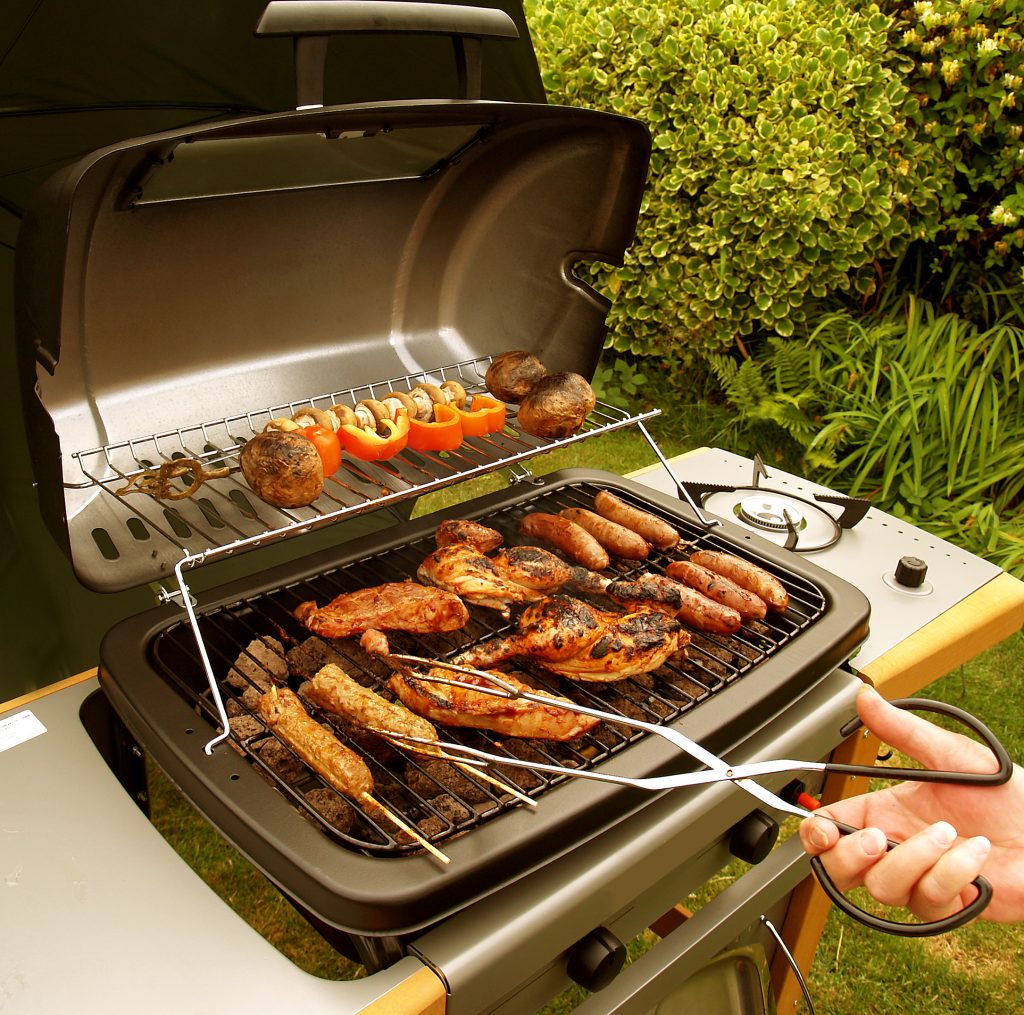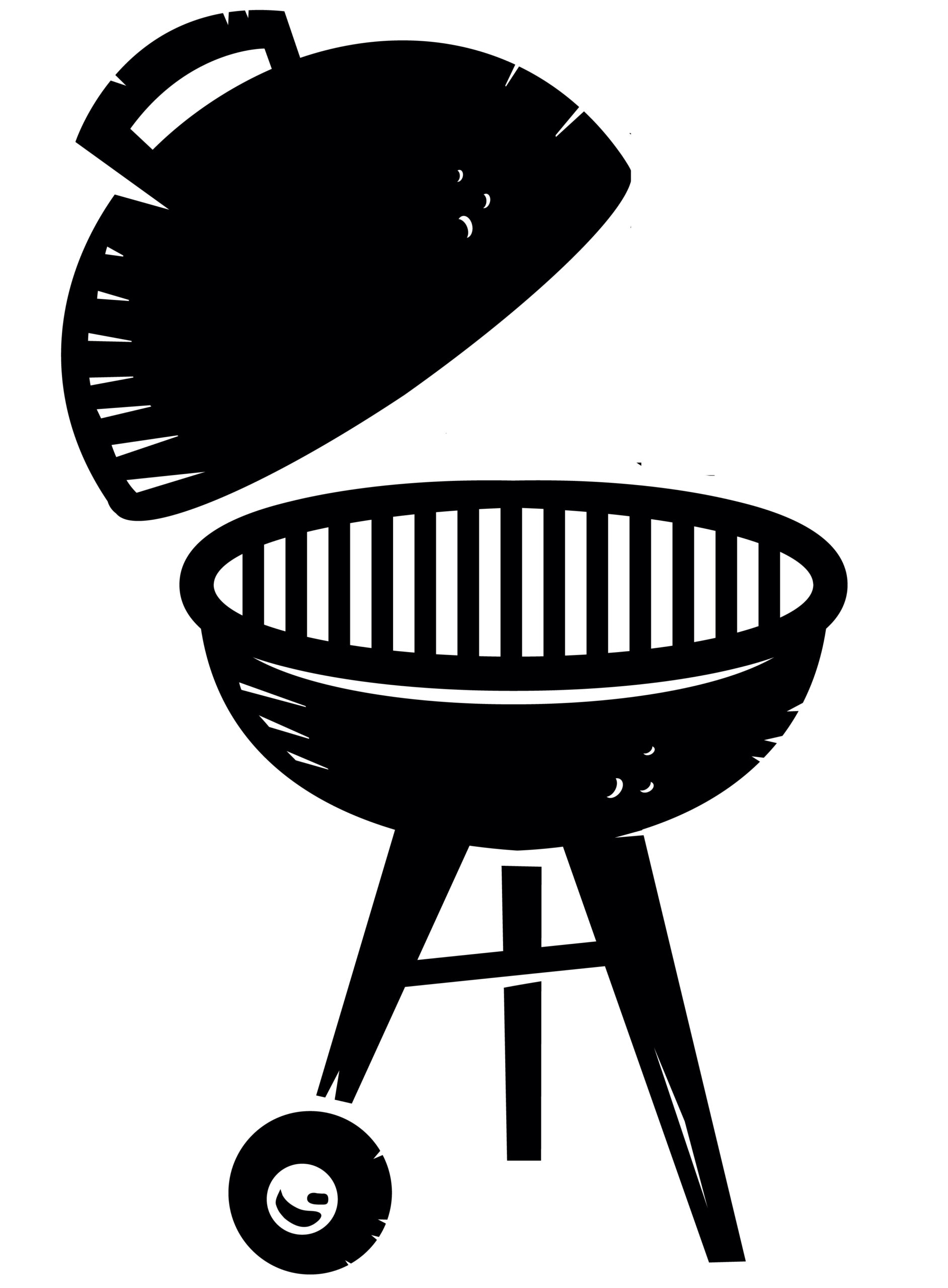Grilling isn’t just a way to cook; it’s a tradition, an art form, and an experience meant to be shared. Whether you’re just getting started or looking to refine your grilling skills, the journey to becoming a true grill master is both enjoyable and rewarding. From selecting the ideal grill to mastering the details of cooking various meats, this guide covers the essential steps to elevate your grilling game.
Picking the Perfect Grill
Before diving into grilling techniques, selecting the right grill sets the stage for your BBQ success. Here’s an overview of the three primary types of grills:
- Charcoal Grills: Known for imparting a rich, smoky flavor, these grills require more time and attention but deliver unmatched taste.
- Gas Grills: These offer the convenience of easy setup and temperature control, ideal for those who prioritize speed and consistency.
- Electric Grills: Great for indoor or balcony use where open flames are restricted, electric grills may lack smokiness but make up for it in ease and convenience.
Choosing a grill that suits your space, lifestyle, and grilling ambitions is the first step toward memorable BBQ experiences.
Must-Have Grilling Equipment
Every grill enthusiast needs a reliable set of tools. Having the right equipment ensures that your food is well-prepared and delicious. Here are the essentials:
- Long-Handled Tongs: These help you handle food without risking burns, especially when flipping meats or vegetables.
- Sturdy Spatula: A metal spatula works well for flipping burgers or delicate foods like fish fillets.
- Grill Brush: A quality brush keeps your grill clean and ready for the next session by removing stuck-on food and debris.
- Meat Thermometer: Your best friend for checking internal temperatures, ensuring meats are safely and perfectly cooked.
- Heat-Resistant Gloves: Essential for handling hot tools and grilling equipment.
- Skewers: Ideal for grilling kebabs or even marshmallows; metal skewers are more durable and eco-friendly than wooden ones.

Preparing the Grill for Cooking Success
Preparation is key to achieving perfectly grilled food. Here’s how to set up your grill:
- Clean the Grate: Use a brush to remove remnants from previous sessions, ensuring fresh flavors.
- Oil the Grate: Lightly oiling the grate prevents food from sticking, especially for lean meats and vegetables.
- Preheat the Grill: For optimal searing, allow 10–15 minutes for gas grills to reach temperature. With charcoal grills, wait until the coals turn white with ash for ideal heat.
Understanding Temperature Control Techniques
Mastering temperature control can make or break your grilling success. Here’s a quick guide to the two main grilling techniques:
- Direct Grilling: Cooking food directly over the heat, best for items that cook quickly, like burgers, steaks, and veggies.
- Indirect Grilling: Placing heat to the side for slower, even cooking, ideal for large cuts like whole chickens or roasts.
Most grills also have vents for airflow control, which impacts heat levels. More airflow increases heat; reducing it lowers the temperature, allowing for precise cooking adjustments.
Seasoning and Marinating: Boosting Flavor
Flavor is what makes grilling so appealing. Follow these tips to bring out the best in your ingredients:
- Dry Rubs: A blend of herbs and spices that adds a flavorful crust. Customize it to suit your tastes.
- Marinades: A mixture of oil, acid, and seasonings that tenderizes and infuses flavor into meats.
- Salt and Pepper: Don’t underestimate the basics—a liberal sprinkle enhances natural flavors in any grilled food.

Cooking Different Meats Perfectly
Each meat type has specific grilling requirements. Here’s how to achieve the best results for each:
- Beef: For steaks, aim for medium-rare (130–135°F). Burgers and ribs benefit from high, direct heat.
- Poultry: Always cook chicken thoroughly, reaching an internal temperature of 165°F. Indirect heat prevents burning while ensuring full doneness.
- Pork: Cook pork to at least 145°F. Marinating can keep pork chops and tenderloins moist and flavorful.
- Fish: Grill over medium heat, and oil both the fish and the grates to avoid sticking. Fish cooks quickly, so keep a close eye.
Grilling Vegetables and Sides
Grilling isn’t just for meat—vegetables and sides add variety and color to your spread. Here’s how to grill them perfectly:
- Vegetable Preparation: Cut into even pieces, drizzle with oil, and season for the best results.
- Use a Grill Basket: Ideal for smaller vegetables like cherry tomatoes or sliced onions, which may fall through the grates.
- Timing Matters: Vegetables cook faster than meat, so keep an eye on them. Opt for indirect heat to avoid charring while softening.
Resting and Presenting Your Grilled Creations
Once your food is cooked, one of the most overlooked steps is allowing it to rest. This lets juices redistribute, making your food more tender and flavorful.
When serving, presentation adds the finishing touch. Garnish with fresh herbs or a dash of lemon juice to bring out bright, fresh flavors and make your dishes visually appealing.
Common Grilling Pitfalls to Avoid
Avoid these common grilling mistakes to ensure every BBQ session is a success:
- Over-Flipping: Resist flipping too often. Flipping once or twice promotes even cooking and a better sear.
- Pressing on Meats: Don’t press down on burgers or steaks; it releases juices, leaving them dry.
- Overcrowding the Grill: Space allows for even cooking and easier temperature control.
Conclusion: Your Path to Grilling Mastery
Becoming a great griller takes time, practice, and the right techniques. By selecting the perfect grill, mastering temperature control, and understanding the specifics of each type of food, you’re on your way to BBQ mastery. Follow these tips, and you’ll be ready to impress family and friends with memorable grilling sessions. Happy grilling!
